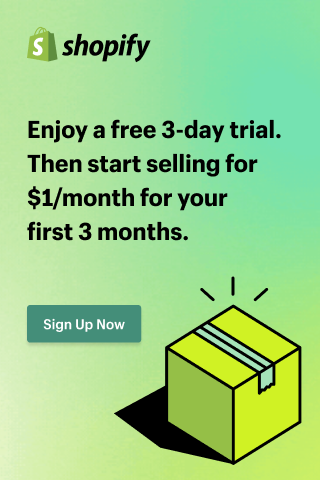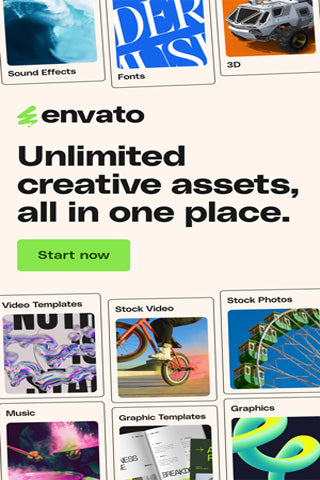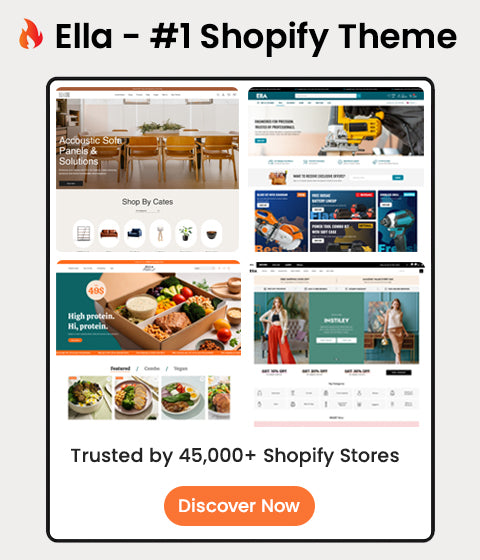Where to Find Products to Sell Online: A Complete Sourcing Guide (2026)

For every new e-commerce entrepreneur, one question comes before all others: What am I going to sell, and where do I get it?
Choosing your product sourcing method is the single most important decision you'll make. It defines your business model, your upfront costs, your profit margins, and your day-to-day operations.
Get it right, and you build a sustainable business. Get it wrong, and you'll face endless frustration.
This guide will break down the four primary methods of sourcing products to sell online so you can make the right choice for your new venture.
Method 1: Dropshipping (The "Hands-Off" Model)
Dropshipping is by far the most popular method for new entrepreneurs because it requires the lowest financial investment.
How it works:
-
A customer buys a product from your Shopify store.
-
You take their payment and forward the order to your supplier.
-
The supplier ships the product directly to your customer.
You never see, touch, or hold the inventory. You are the "middle-man" or the storefront.

-
Pros: Low startup cost (no inventory), massive product variety, no logistics hassle.
-
Cons: Very low profit margins, high competition, no control over shipping or quality.
This model is ideal for:
-
Beginners who want to learn e-commerce with minimal risk.
-
Store owners who want to test new product ideas.
-
Niche marketers who are good at finding specific, trending products.
Resources for your dropshipping journey:
-
Find a niche: 22 Trending Dropshipping Niches You Can Start Today
-
Find a theme: 10 Best Shopify Themes for Dropshipping in 2025 (Beginner to Pro)
-
Specific niche idea: Top 10 Electronics & Gadgets for Dropshipping in 2025
Method 2: Wholesale (The "Classic Retail" Model)
This is the traditional retail model. You buy products in bulk (wholesale) from a manufacturer or distributor at a discount, then sell them at a higher retail price.
How it works:
-
You find a supplier (e.g., via Faire or a trade show) and buy 100 units of a product.
-
The products are shipped to you. You store them (in your home, a warehouse, or with a 3PL).
-
When a customer orders, you pick, pack, and ship the product yourself.

-
Pros: Much higher profit margins than dropshipping, full control over branding and customer experience (e.g., custom packaging).
-
Cons: High upfront cost (you must buy inventory), risk of unsold stock, you handle all logistics.
This model is ideal for:
-
Established sellers who have validated a product.
-
Businesses that want to build a real brand experience.
-
Niches where "fast shipping" is a must, like electronics or furniture.
Method 3: Private Label & Manufacturing (The "Brand Builder" Model)
This is the next level. Instead of selling other people's brands, you create your own.
How it works:
-
You research a product opportunity (e.g., a "better" skincare serum).
-
You contact a manufacturer (e.g., on a platform like Alibaba) to produce that serum with your branding and logo on it. This is "private label."
-
You buy a large minimum order (e.g., 1,000 units) and handle the business just like wholesale.

-
Pros: Highest profit margins, you own the brand (a valuable asset), 100% control.
-
Cons: Very high startup costs, long lead times (months), most complex model.
This model is ideal for:
-
Entrepreneurs with a strong brand vision and capital to invest.
-
Experts in a niche (e.g., a makeup artist starting a cosmetics line).
-
This is the dominant model in beauty, fashion, and supplements.
Method 4: Handmade / DIY (The "Creator" Model)
This is where you are the manufacturer. You design, create, and sell your own unique products.
How it works:
-
You have a skill: pottery, painting, jewelry making, woodworking, etc.
-
You create your products by hand.
-
You photograph, list, and sell them on your store.
This is the Etsy model, but done on your own Shopify store, giving you more control and avoiding high fees.

-
Pros: Total quality control, a unique brand story, low financial startup cost (just materials).
-
Cons: Very time-consuming, not scalable (your sales are limited by your time), hard to price.
This model is ideal for:
-
Artists, creators, and craftspeople.
-
Sellers who want a "lifestyle business" they are passionate about.
-
Niches like high-end home decor or custom jewelry.
Which Sourcing Method is Right for You?
There is no single "best" answer. It depends on your budget, your goals, and your experience.
[Image: A simple 2x2 comparison chart. X-axis: "Upfront Cost" (Low to High). Y-axis: "Profit Margin" (Low to High). Plot the 4 methods on the chart.]
-
Lowest Risk & Cost: Start with Dropshipping.
-
Best Margins (with Capital): Go with Wholesale.
-
Ultimate Brand Control: Aim for Private Label.
-
Most Passion-Driven: Choose Handmade.
The Next Step: Build Your Store
No matter which method you choose, you need a professional, trustworthy, and fast online store to sell your products. This is where Shopify excels.
If you're ready to start, this is your moment.
Special Offer: Click here to sign up for Shopify and get a trial for only $1/month for your first 3 months.
Once you're in, follow these essential guides to get set up for success:
-
Set up your foundation: How to Set Up a Shopify Store: Complete Beginner’s Guide
-
Get your address: Complete Guide: Choosing the Best Domain Name for Your Store
-
Optimize your images: Optimize Shopify Images for Speed: A Step-by-Step Guide
-
Install key apps: 10 Must-Have Free Shopify Apps for New Store Owners
-
Get paid: How to Set Up Payments on Shopify: PayPal, Stripe, and More
Conclusion
Sourcing products is the foundational step of your e-commerce journey. Don't be afraid to start small—you can begin with dropshipping to validate an idea and then move to wholesale or private label once you've proven there's a market.
The key is to start.
FAQs (Frequently Asked Questions)
1. What is the cheapest way to source products?
Dropshipping is the cheapest method, as you don't pay for any inventory until you've already made a sale. The second cheapest is Handmade, where your only upfront cost is your raw materials.
2. How do I find a good supplier?
For dropshipping, use integrated app-marketplaces like DSers (for AliExpress) or CJ Dropshipping. For wholesale, use curated marketplaces like Faire or Tundra. For private label, use Alibaba. Always order samples to test for quality before selling.
3. Can I use more than one sourcing method?
Absolutely! Many successful stores do. For example, you could have a "core" product line that you buy wholesale (Method 2) and supplement it with a few dropshipped accessories (Method 1) to increase your catalog size.











